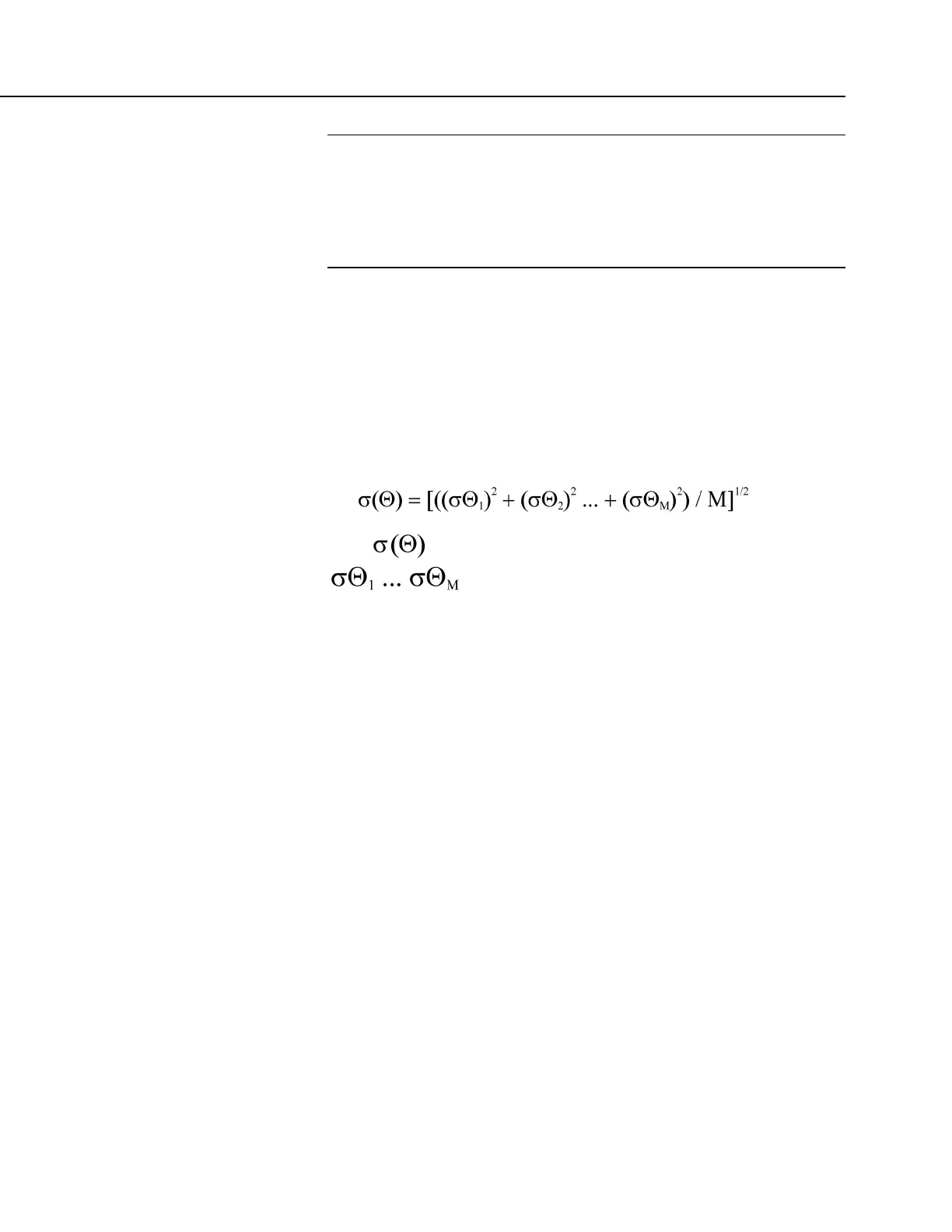Section 7. Installation
Note Cup anemometers typically have a mechanical offset which is
added to each measurement. A numeric offset is usually encoded in the
CRBasic program to compensate for the mechanical offset. When this is
done, a measurement will equal the offset only when wind speed is zero;
consequently, additional code is often included to zero the measurement
when it equals the offset so that WindVector() can reject measurements
when wind speed is zero.
Standard deviation can be processed one of two ways: 1) using every sample
taken during the data storage interval (enter 0 for the Subinterval parameter), or
2) by averaging standard deviations processed from shorter sub-intervals of the
data-storage interval. Averaging sub-interval standard deviations minimizes the
effects of meander under light wind conditions, and it provides more complete
information for periods of transition (see EPA publication "On-site
Meteorological Program Guidance for Regulatory Modeling Applications").
Standard deviation of horizontal wind fluctuations from sub-intervals is calculated
as follows:
where: is the standard deviation over the data-storage interval, and
are sub-interval standard deviations. A sub-interval is
specified as a number of scans. The number of scans for a sub-interval is given
by:
Desired sub-interval (secs) / scan rate (secs)
For example, if the scan rate is 1 second and the data-output interval is 60
minutes, the standard deviation is calculated from all 3600 scans when the sub-
interval is 0. With a sub-interval of 900 scans (15 minutes) the standard deviation
is the root-mean-square average of the four sub-interval standard deviations. The
last sub-interval is weighted if it does not contain the specified number of scans.
The EPA recommends hourly standard deviation of horizontal wind direction
(sigma theta) be computed from four fifteen-minute sub-intervals.
7.7.9.2.1 Measured Raw Data
• S
i
: horizontal wind speed
• Θ
i
: horizontal wind direction
• Ue
i
: east-west component of wind
• Un
i
: north-south component of wind
• N: number of samples

